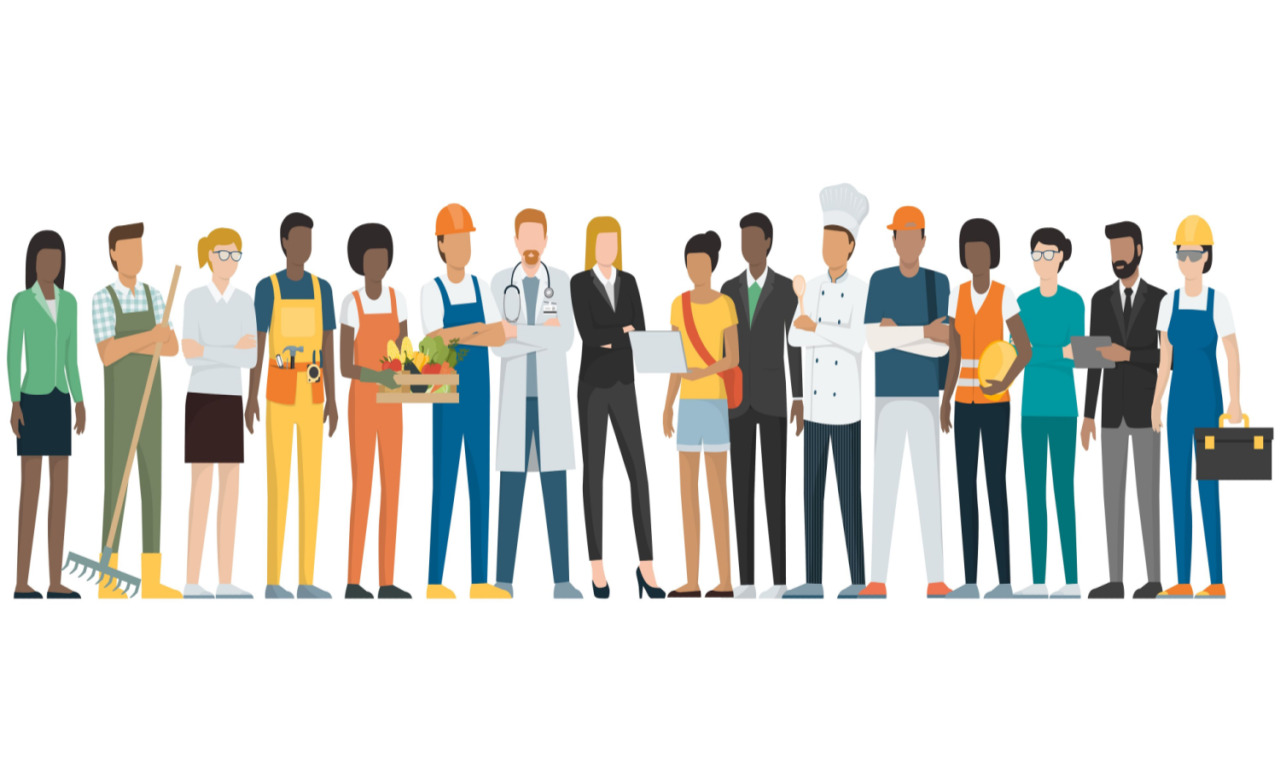While we often like to think America is “Number One”, underneath that veneer of bravado, we often feel like important aspects of our country are far from stable and fair. Inflation has undermined family budgets, and our economy often feels far from stable and prosperous. As we try to cope with these challenges, rather than follow in the footsteps of politicians whose dominant response is lashing out at political rivals, perhaps it would good to step back, examine why these aspects of our country are running far from what they ought to be, and what can be done to make things better.
Given that inflation has been hurting every household in America, it’s no surprise that we often rank it as our number one concern. In 2022 the consumer price index was 6.5%, with inflation for food prices 10.4%. Fortunately, over the last twelve months prices increases have moderated, and the CPI has come down to an annual rate of 3.4%. While that decline probably hasn’t eased our frustration with elevated prices, it’s important to appreciate that never in recorded US economic history has inflation been brought down by that much without a recession.
So why did inflation rise so quickly in the first place? First and foremost, the depth and duration of the economic decline during Covid set us up for a recovery with significant imbalances that would be hard to manage. Unfortunately, when the economy began to accelerate in 2021, the Federal Reserve kept its foot on the economic accelerator, pumping roughly $120B per month into the economy and kept interests near zero when it wasn’t needed. Secondly, during the pandemic the civilian workforce fell by roughly four million people, making it difficult for businesses to keep up with demand. Lastly, many businesses seeing strong demand and an opportunity to blame rising costs, chose to raise prices well in excess of their cost increases. This phenomenon, called “greedflation”, enabled Fortune 500 companies to earn a record $1.8T in 2022. Albert Edwards, a global strategist at megabank Société Générale, said “he’s never seen anything like the ‘unprecedented’ and ‘astonishing’ levels of corporate Greedflation in this economic cycle.”.
With respect to economic growth, our economy grew at a hearty 5.95% in 2021, 2.06% in 2022, and averaged 3.0% growth over the last four quarters, including a 4.9% rise in the last quarter. That growth rate compares to a long-term average growth rate of roughly 2%.
If we look at the employment side of the economy, since Biden became President, 15 million jobs have been added and unemployment has dropped from 6.3% to 3.9%. In contrast to that, during the Trump Administration, the economy lost 2.9 million jobs.
While job creation during the Biden Administration may not ease our frustration with the elevated prices at supermarkets, I submit that it’s important to recall that without the incredibly strong job market we’ve enjoyed the last few years, life would be much more difficult for millions, and more tenuous for all that rest of us.
So, given what’s already happened, what can be done? One thing we can do is continue to be intentional about refusing to pay elevated prices for brand goods. Without pushback from consumers, businesses will keep prices elevated. A second thing we can do is enlarge the pool of labor available by granting immigrants work permits faster. Providing immigrants with work permits faster is a win-win, and as of October 1st, that’s exactly what the Biden Administration has been doing. A third, though longer-term thing we must do, is increase funding for public education, including skilled trades training. Without well-educated and trained young people to propel our economy, productivity and our standard of living will languish.
As we enter 2024, and the economy slows a bit under the weight of eleven Fed interest rate hikes, giving fodder to what was already going to be an incredibly fiery political season, it’s essential that we remember three things. First and foremost, that the inflation we experienced was primarily due to the Fed keeping its foot on the economic accelerator longer than necessary, shrinkage in the pool of labor available, and greedflation on the part of businesses. Secondly, we need to look for and support candidates with pragmatic solutions to our economic challenges and not just hurling blame on rivals. And lastly, we should try to view our current economic circumstances through the lens of how far we’ve come since the mess of 2020, and try to take some comfort in that.

